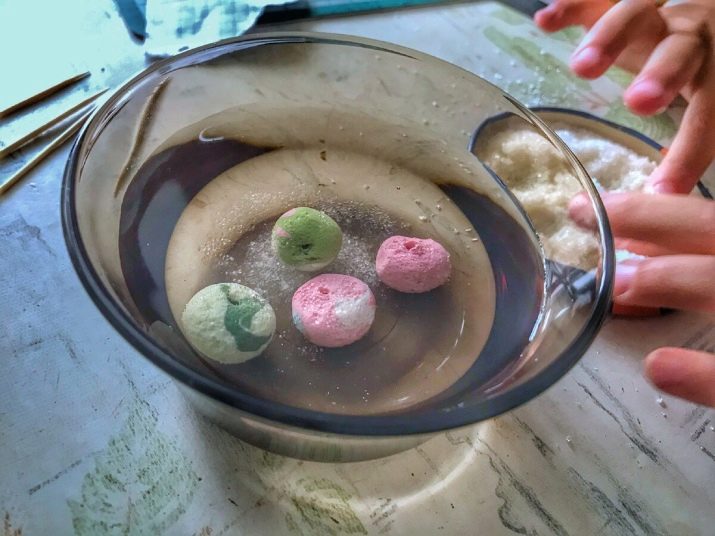Is it possible to bake polymer clay in the microwave and how to do it?
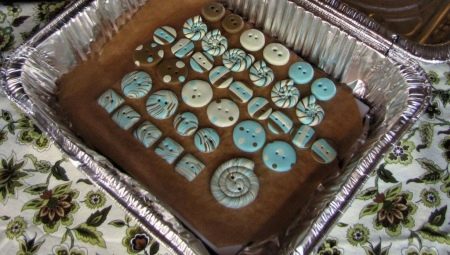
Despite the wide variety of methods for baking polymer clay, the microwave method is especially popular. Its characteristic features are simplicity, speed and convenience.
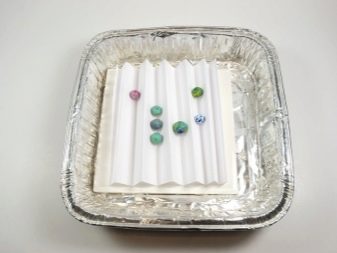
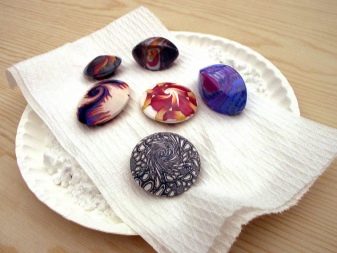
Features of the method
Although many users know that polymer clay can be baked in the microwave, not everyone is aware of the features of this method.
A correct understanding of the basic nuances and following simple recommendations not only improves the quality and strength of the finished product, but also significantly reduces possible health risks.
- The first thing to look out for before placing a product in the microwave is to check for the grill or double-sided conversion functions. Otherwise, the device will not be able to work as a classic oven.
- A distinctive feature of baking polymer clay using a microwave oven is convenience, practicality and high speed. Microwave radiation inside the device is evenly distributed throughout the entire product, resulting in more durable and aesthetically pleasing products.
- No less important advantages of this method are the ability to quickly adjust the temperature, the presence of an automatic timer to turn off the device and more even heating of the clay product from the inside.


In addition to its distinctive advantages, the method also has a number of minor disadvantages:
- violations in the regulation of temperature;
- high convection rate;
- inability to use for some types of clay.

The above problems can be easily solved - for this you need to familiarize yourself with some recommendations. For example, possible irregularities in the regulation temperature sensor can be corrected by installing an additional controller in the interior of the microwave oven. As far as convection is concerned, only a few popular kitchen appliances have this problem. This process is characterized by rapid heating with simultaneous blasting of the clay with cold air.
The result is the coating of the product with small cracks, while the inner layer cannot be completely baked.
To solve the convection problem, you should first set the temperature in the region of 90-100 ° C for 7-10 minutes, and then change it in accordance with the recommendations from the manufacturer. In some cases, you can use a conventional culinary sleeve or any other material with a fine structure.
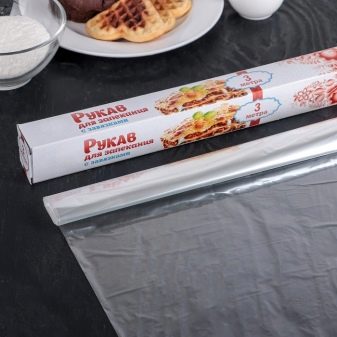
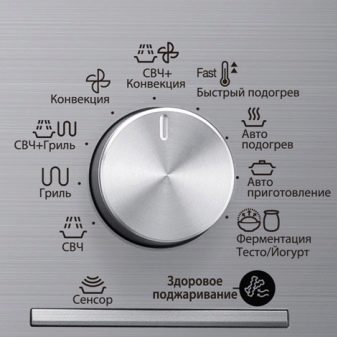
In addition to the basic method, a microwave oven can be used to soften polymer clay quickly and efficiently. In contrast to the classic oven and specialized equipment, with the help of this device, you can achieve a good consistency for future modeling.
Due to the high chemical toxicity of clay, experts strongly recommend using any sealed trays or containers for baking.
After the product is baked, the room should be ventilated to eliminate poisonous vapors and harmful particles formed from the polymer material.

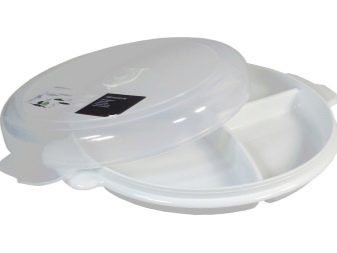
To avoid unwanted burning of the material, you should carefully read the instructions from the manufacturer, which indicates the maximum possible temperature for the clay. If combustion does occur, you must quickly turn off the microwave oven, take out the product and carry out complete ventilation of the room for 3-5 hours.
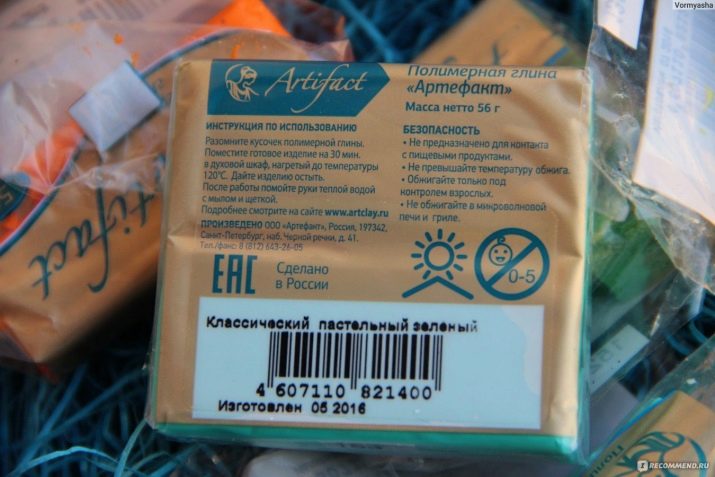
In addition to the above features, it should be remembered that it is better to slightly overexpose the clay material than to under-bake it. Otherwise, the product quickly loses its visual and operational characteristics and becomes unusable for further use.
If you plan to bake small decorative items, beads or any other small details, it is recommended to prick them with a regular toothpick or a needle made of metal. This recommendation allows you to more efficiently bake a small clay product.

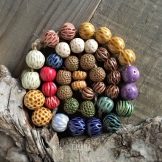
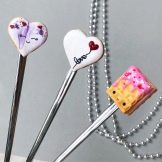

How to bake properly?
Microwave baking of polymer clay is a popular method that is simple and fast. Unlike other similar techniques, this method is characterized by less waste and a good safety indicator.
Despite its simplicity, certain recommendations and rules should be followed to properly bake clay products in a microwave oven. Correct execution of the process guarantees the high quality of the clay products.
Since a certain amount of liquid is present in the polymer clay, some experts recommend pre-drying the material using a microwave oven. This process is carried out in a standard cooking mode for 3-5 minutes. The temperature should be 70 ° C. Otherwise, the product will melt or burn.
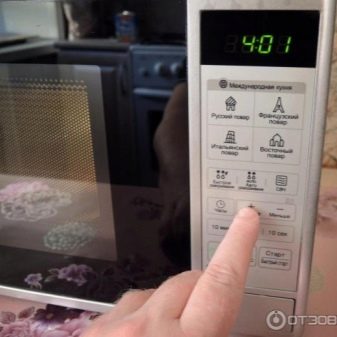
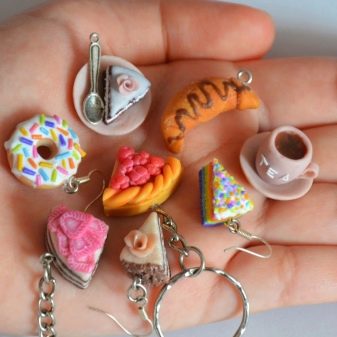
If polymer clay is baked frequently enough, it is recommended to purchase a separate microwave oven. This advice will allow you to avoid the unpleasant consequences that are observed in the process of the release of toxic substances. In addition, it is forbidden to bake clay in close proximity to food and products.
It is also recommended to use a microwave oven with a durable glass or plastic door.
This transparent element in the equipment allows you to control the baking process, monitor the condition of the clay material and make certain adjustments.
As for the time required to bake clay products, there is no single correct solution. This indicator directly depends on the characteristics of the material, the shape of the product and many other factors. Average values are 10-20 minutes for thin material and 25-30 minutes for thick walls.
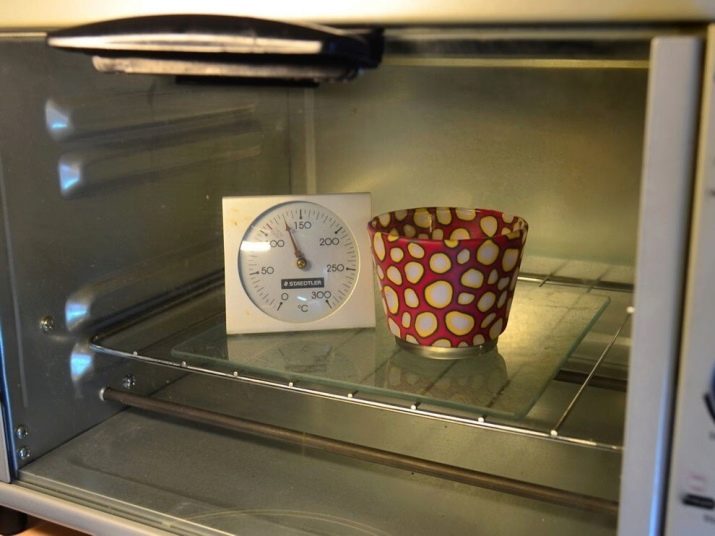
For more convenience, it is better to use the built-in timer. Even minor changes in baking time can affect the quality and performance of the finished product. So, too long exposure of clay in the microwave often leads to the formation of various dark spots and unwanted bubbles.
Before putting clay in the microwave, some experts advise pre-firing the device with a thermometer installed inside. This recommendation is explained by the fact that some manufacturers of kitchen appliances indicate the wrong temperature value.
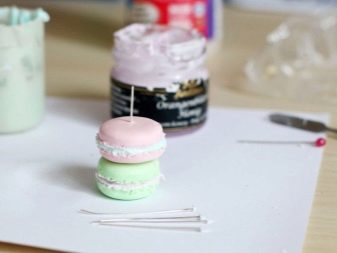
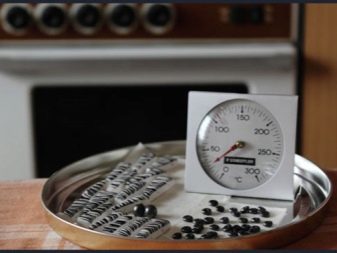
Cooking products
Cooking polymer clay products is a fairly popular technique for making various products without baking, which is simple and does not contain chemical emissions. A distinctive feature and advantage of this method is the more efficient creation of small decorative elements, which often crumble when baked using the classical method.
The first thing to do for cooking is to place the clay product in a small container and fill it with plain and clean water so that it can cover the craft by about 2-3 cm.Then the container is carefully placed in the microwave and the time is recorded. The duration of cooking directly depends on the thickness of the product, where each millimeter equals 1 minute.
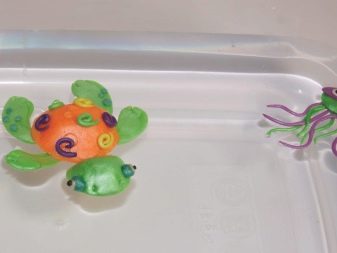
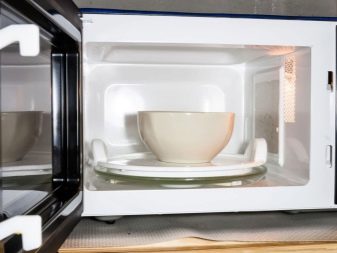
In addition to the above advantages, this method also has certain disadvantages. First of all, this method does not allow cooking too thick or thin forms. Otherwise, the product will be distinguished by increased fragility and ugly appearance.
An equally important disadvantage is that the cooking technique is applicable only for those polymer clays that solidify under temperature conditions in the region of 110-115 ° C.
Otherwise, clay burnout and visual deterioration are observed.
Although cooking polymer clay is safe and convenient, experts recommend paying attention to certain safety rules. So, when removing the finished product from the container, heat-resistant gloves should be used. Additionally, you can wear a mask to protect your face from dangerous splashes.
